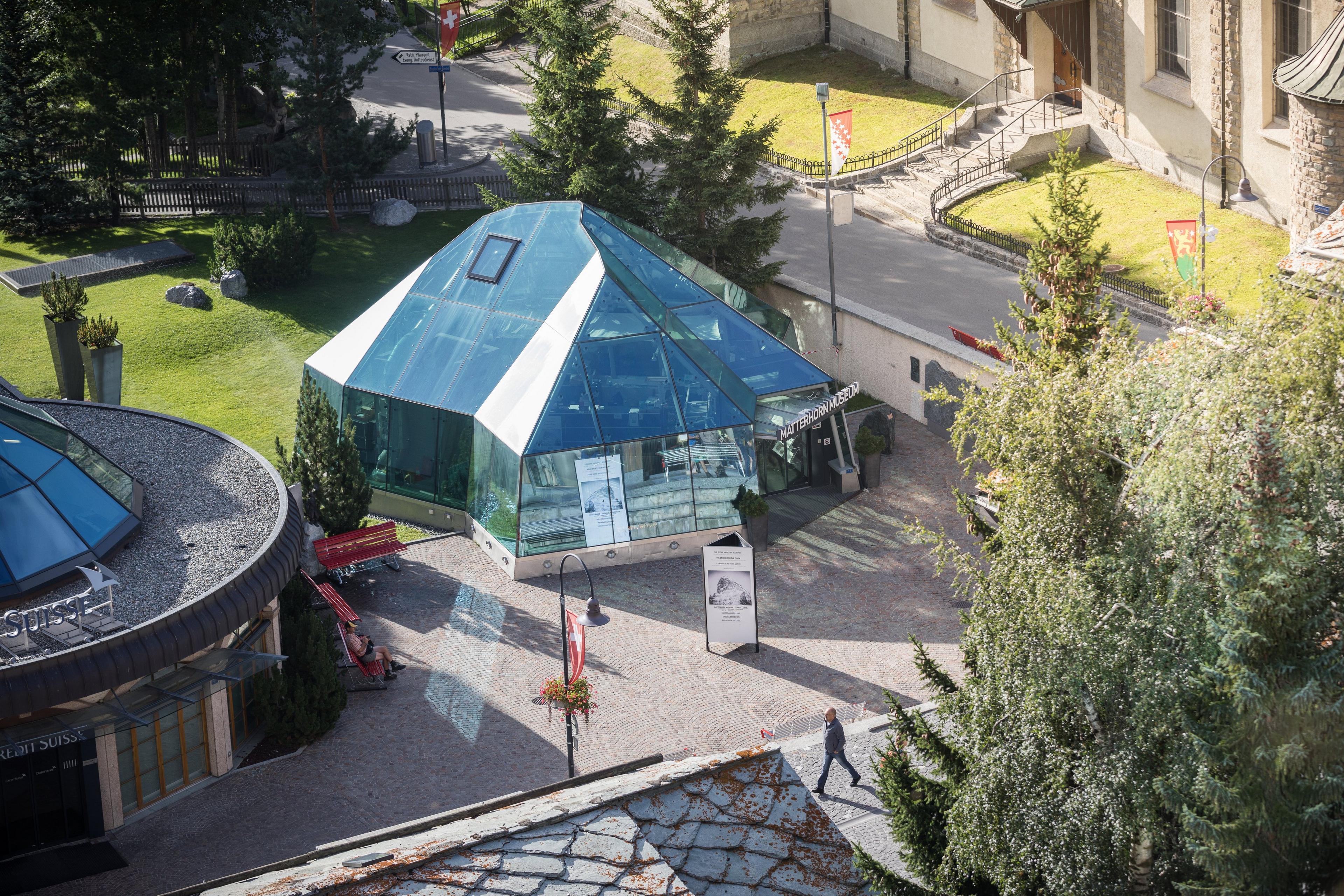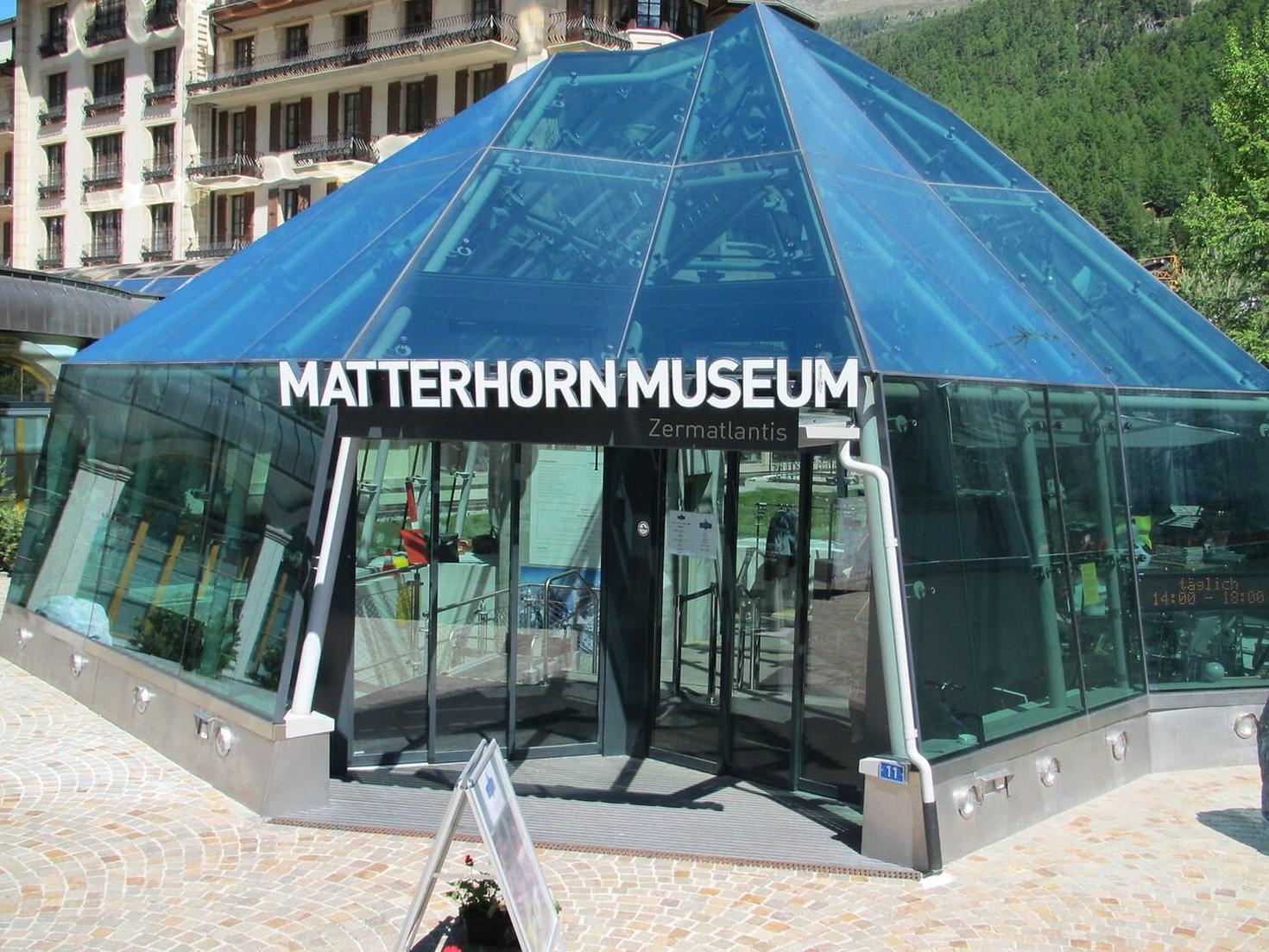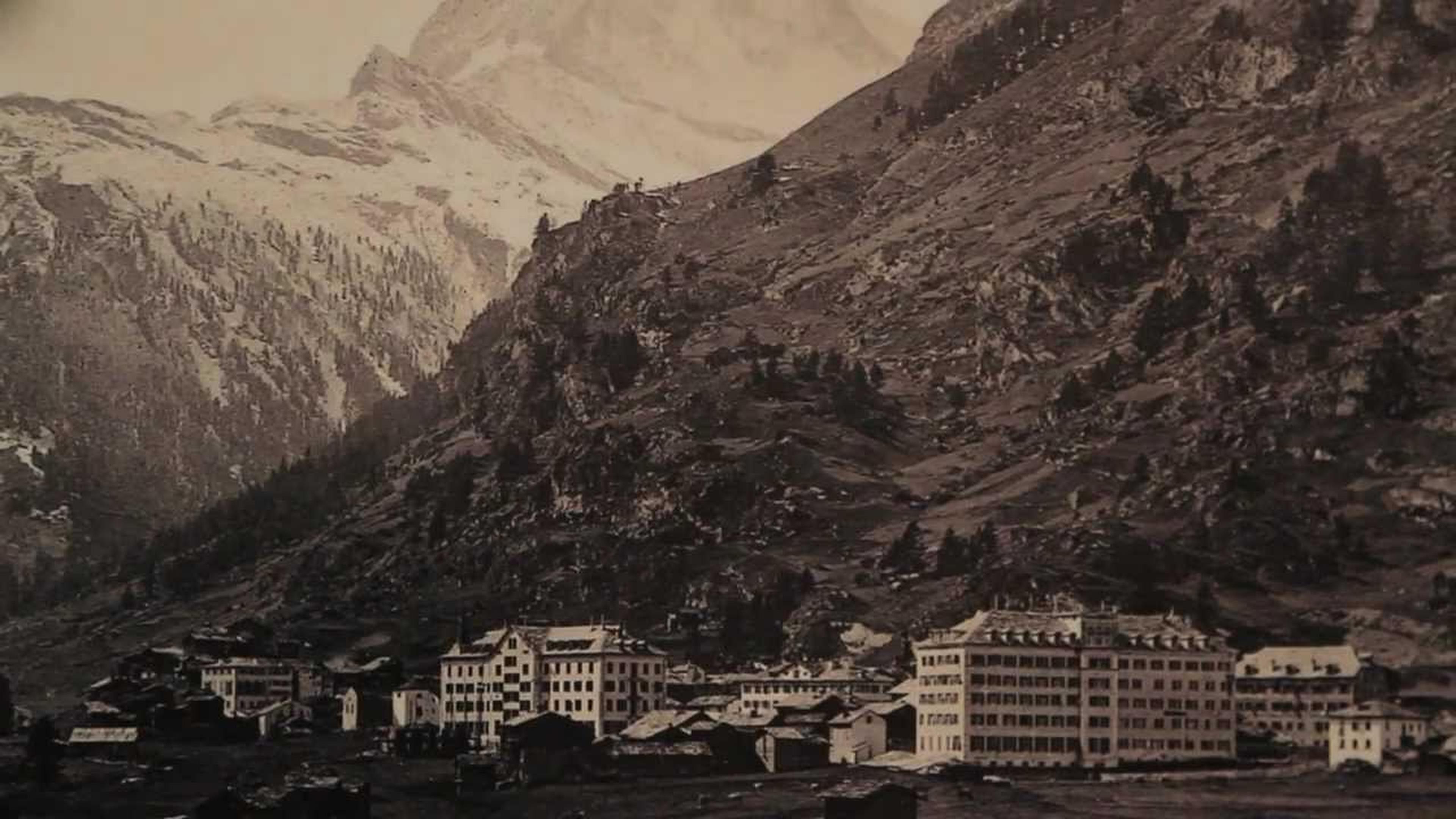
Experience Zermatt's history up close at the Matterhorn Museum
The Matterhorn Museum – Zermatlantis offers an insight into how Zermatt has developed over the years. It shows the triumph and tragedy of the first ascent of the Matterhorn and gives you the opportunity to immerse yourself in the mountain world of past centuries: you can see how the inhabitants of Zermatt lived in the 19th century and shudder at the sight of the broken rope from the first ascent of the Matterhorn in 1865. Back then, four out of seven climbers lost their lives. You’ll be amazed at the sight of ‘Theo’, the ‘mercenary’ from the 16th century who failed to make the crossing over the Theodul Pass.

Underground world of Zermatlantis
Discover history in the Matterhorn Museum
The subterranean world of the Matterhorn Museum – Zermatlantis reveals the history of the village of Zermatt. Learn about Zermatt’s original houses, visit the multimedia room and see original objects from the first ascent of the Matterhorn.
Book your tickets
Your ticket for the Matterhorn Museum
Experience the fascinating history of Zermatt and the legendary first ascent of the Matterhorn up close at the Matterhorn Museum ‘Zermatlantis’. Get your ticket now and immerse yourself in the history of the Alps.
The museum on Facebook
Follow the Matterhorn Museum on Facebook and stay up to date with news, events and exciting insights into the history of Zermatt.

